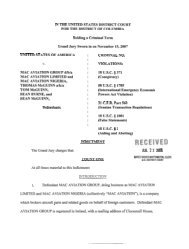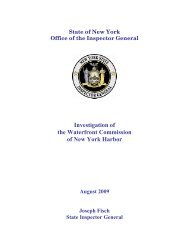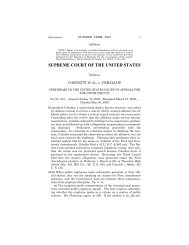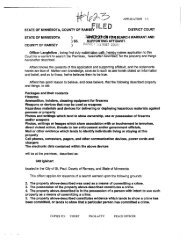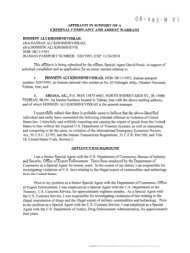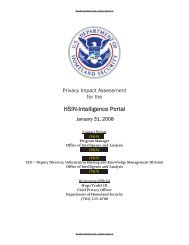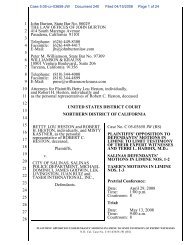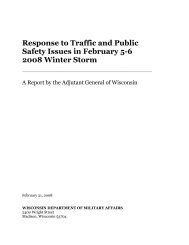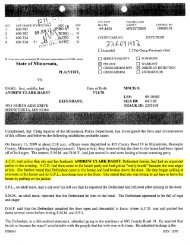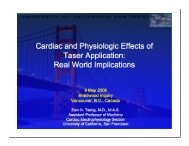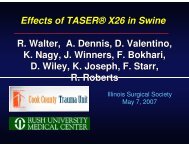TASER Electronic Control Devices Review Of Safety Literature
TASER Electronic Control Devices Review Of Safety Literature
TASER Electronic Control Devices Review Of Safety Literature
You also want an ePaper? Increase the reach of your titles
YUMPU automatically turns print PDFs into web optimized ePapers that Google loves.
Asystole is, however, highly associated with excited delirium acidosis deaths. 41<br />
2.14 Emotional Stress as an Indirect Cause of Cardiac Arrest<br />
It is sometimes suggested that the emotional stress of a <strong>TASER</strong> ECD application<br />
could indirectly induce a cardiac arrest. This is based on the lay-person perception<br />
that emotional stress could cause a cardiac arrest. Like most lay misperceptions,<br />
there is some truth to this. People under significant stress do have an increased<br />
incidence of VF. However, the effects are far more delayed than generally<br />
appreciated. Most of the increased risk is seen after 6 months of stress and it<br />
has minimal impact within a day of the stress. 121 See also the “Last Straw” section<br />
later in this chapter.<br />
The stress theory is often stated as “a catecholamine increase pushed the person<br />
over the edge.” I.e., the person was so close to death that any extra stimulation<br />
could have killed. If this speculation were true, then law enforcement officer<br />
or EMS personnel would be discourage from adding any stress — at all — to a<br />
violent struggling or resisting subject or the person would die from the care-givers<br />
actions. This leaves absolutely no options to the law enforcement officers and<br />
EMS personnel except to walk away and increase risks to innocent bystanders<br />
and the violent person himself.<br />
There are also several scientific issues with the catecholamine causation theory.<br />
Fighting subjects have such elevated levels of catecholamines that a further increase<br />
is much harder to obtain. There is only so much epinephrine that the body<br />
can manufacture. 122<br />
Researchers exposed 10 subjects to a few second spray of OC (oleoresin capsicum<br />
or “pepper spray) to the eyes (the usual target) and 5 subjects to a standard<br />
5-second <strong>TASER</strong> X26 exposure with the probes shot into the back. 123 They<br />
measured alpha-salivary amylase and cortisol at baseline, 10 minutes, 20 minutes,<br />
and 1 hour. The results showed that salivary alpha-amylase increased<br />
173% at 10 minutes with the oleoresin capsicum compared to no change (-0.8%)<br />
for the <strong>TASER</strong> ECD. Salivary cortisol increased 87% with the oleoresin capsicum<br />
versus 91% with the <strong>TASER</strong> ECD at 20 minutes. As a comparison, in a study in<br />
which a subject was asked to retain his firearm from an attacker, resulting in a 1-<br />
minute physical struggle, the amylase increased 27% at 10 minutes, and cortisol<br />
increased 259% at 20 minutes. It is important to note that in this study, the subjects<br />
were law enforcement officers who had previously participated in such drills<br />
(in fact, a few were instructors), so these results would be expected to be low as<br />
compared to real-world situations.<br />
A study was done by Halter, et al. of symptom-limited handgrip versus cold pressor<br />
tank versus symptom-limited supine bicycle exercise. Plasma norepinephrine<br />
and epinephrine concentrations increased 3-6 times more than during either the<br />
46




